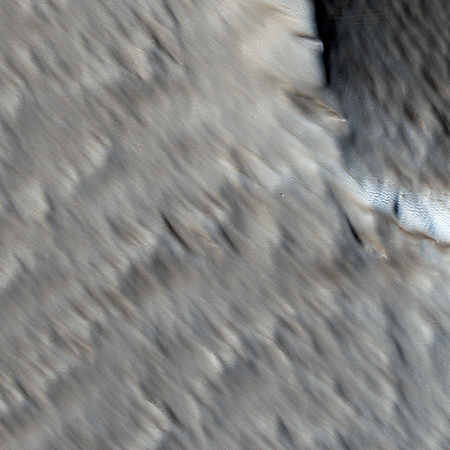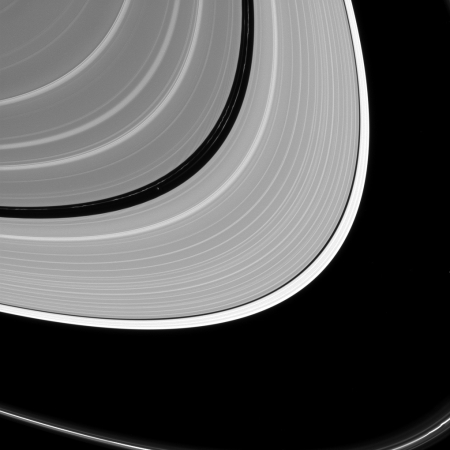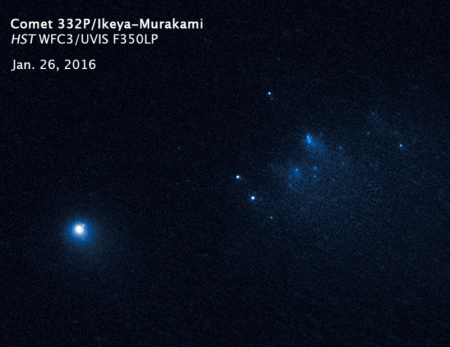Roman coins found in Japan
The mysteries of science: Archaeologists have uncovered Roman coins in a 13th century Japanese castle in Okinawa.
An X-ray analysis of the dime-sized coins showed some were embossed with Roman letters and possibly the image of Emperor Constantine I and a soldier holding a spear. Several others dated from a later period — the 17th century Ottoman empire.
Researchers were left scratching their heads about how the coins ended up at the castle in faraway Okinawa, which was built sometime in late 13th or early 14th century and abandoned about 200 years later. It was once the residence of a feudal lord, whose wealth was linked to regional trade but he was not known to have had business ties with Europe.
It is likely that the coins were obtained as curiosities by someone living at the castle, but the specific circumstances remain unknown.
The mysteries of science: Archaeologists have uncovered Roman coins in a 13th century Japanese castle in Okinawa.
An X-ray analysis of the dime-sized coins showed some were embossed with Roman letters and possibly the image of Emperor Constantine I and a soldier holding a spear. Several others dated from a later period — the 17th century Ottoman empire.
Researchers were left scratching their heads about how the coins ended up at the castle in faraway Okinawa, which was built sometime in late 13th or early 14th century and abandoned about 200 years later. It was once the residence of a feudal lord, whose wealth was linked to regional trade but he was not known to have had business ties with Europe.
It is likely that the coins were obtained as curiosities by someone living at the castle, but the specific circumstances remain unknown.




